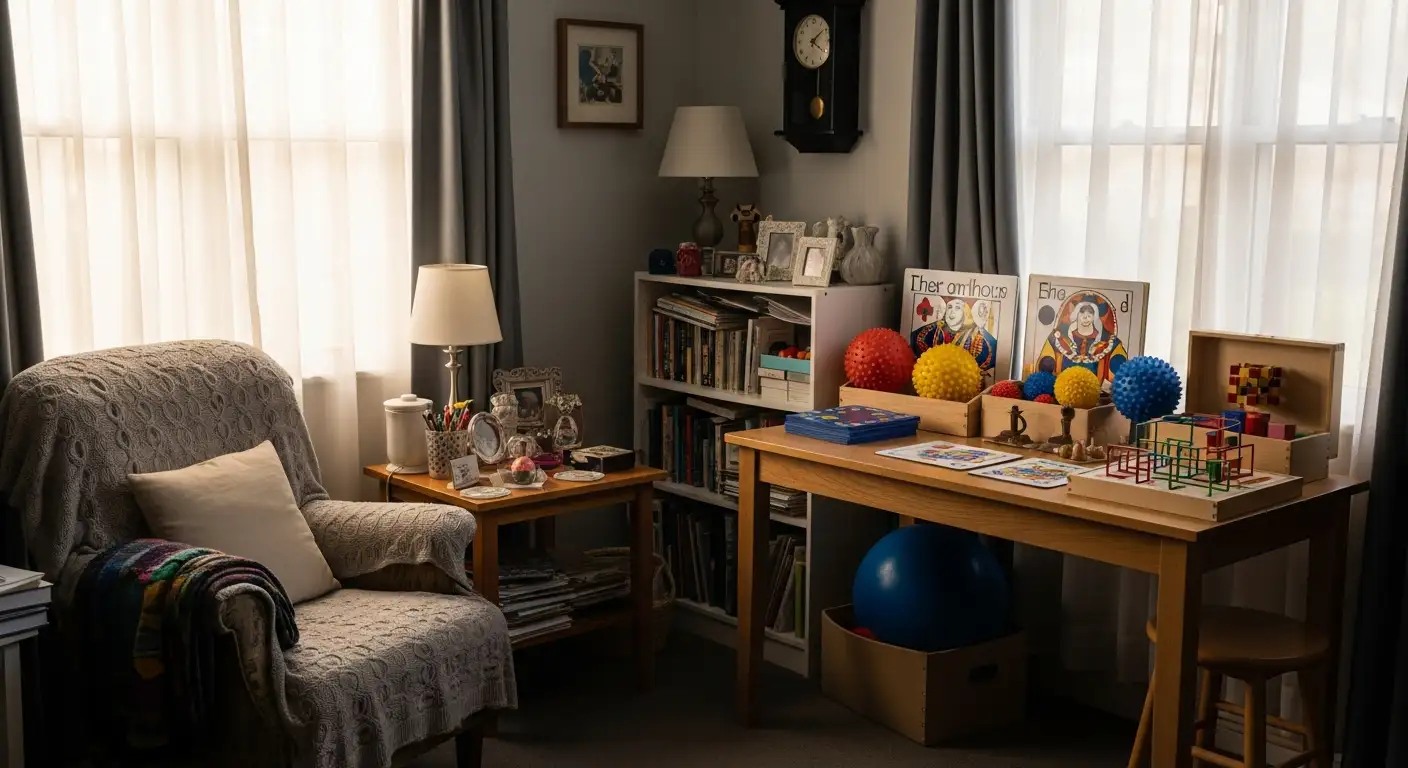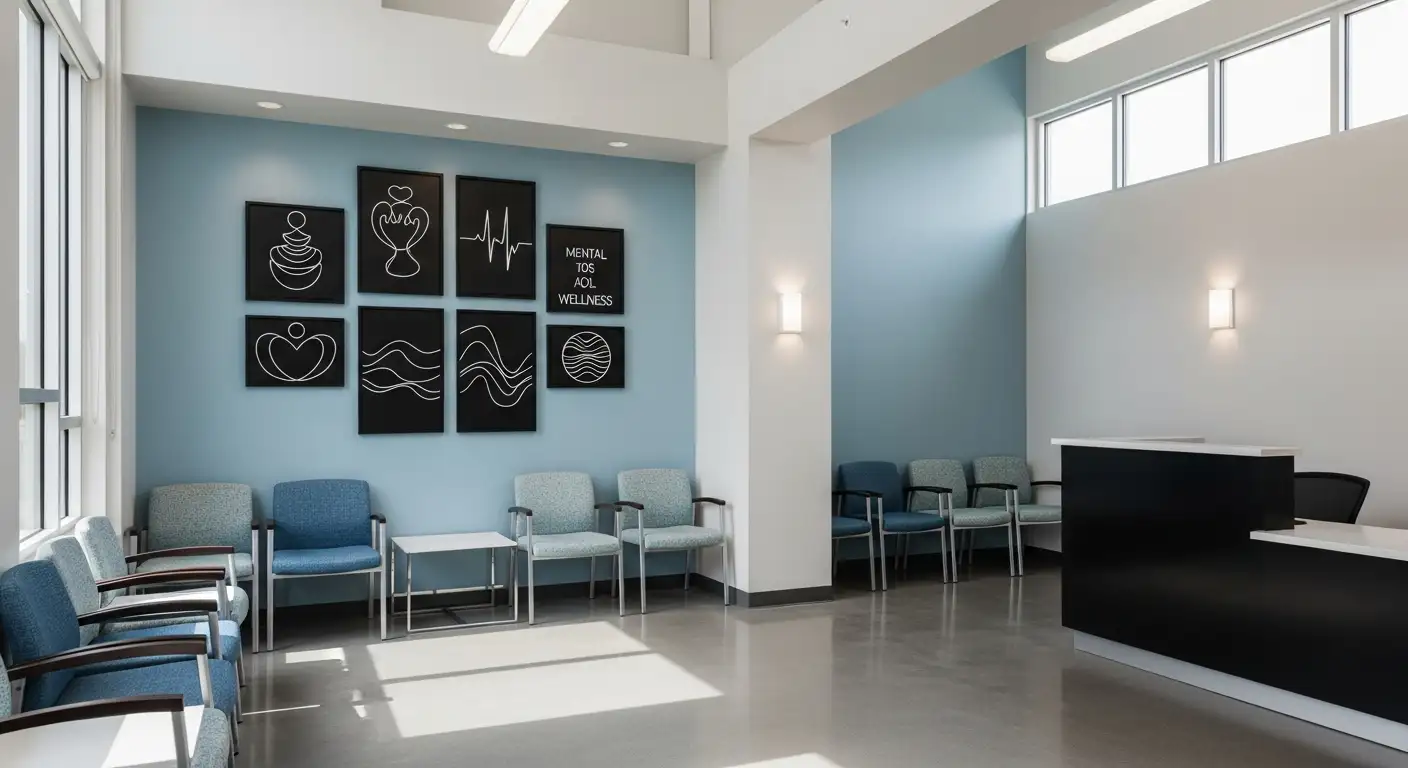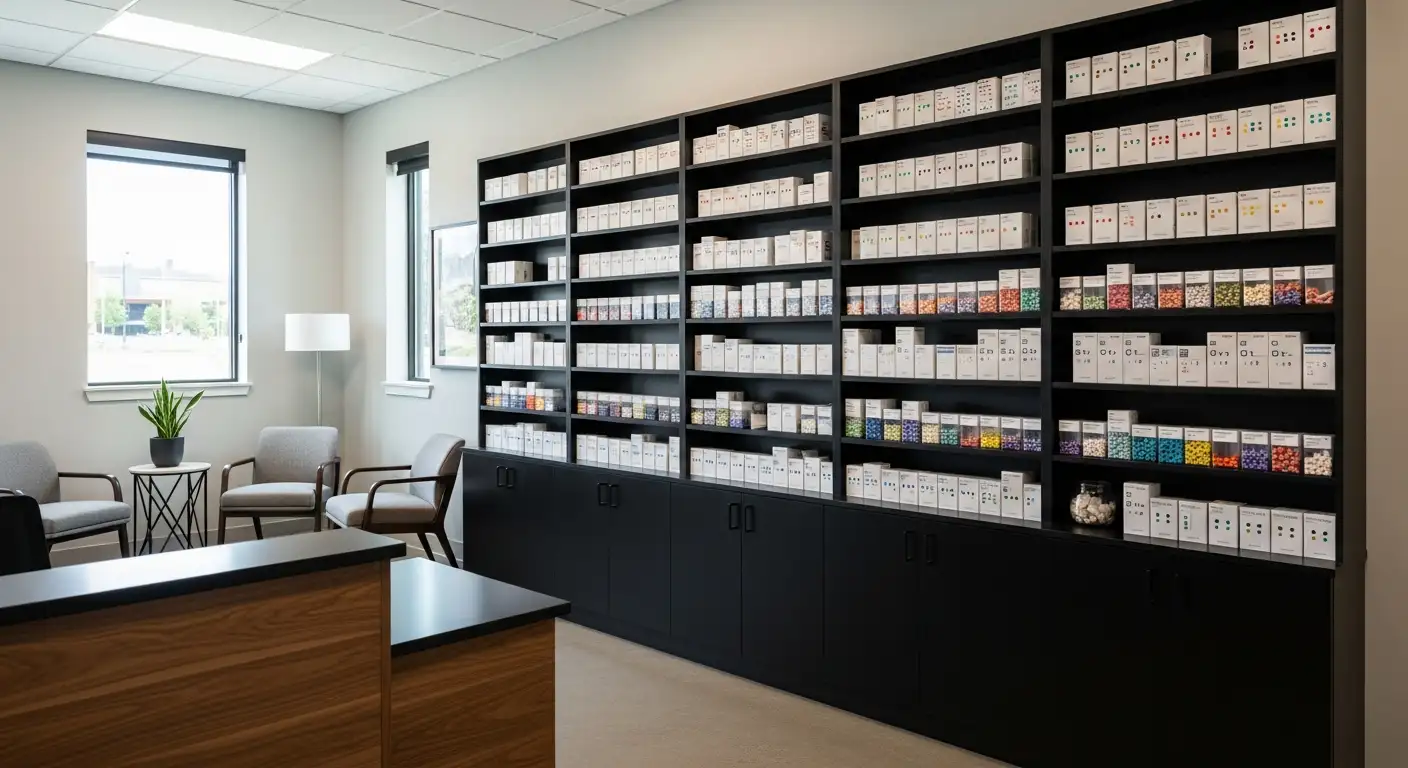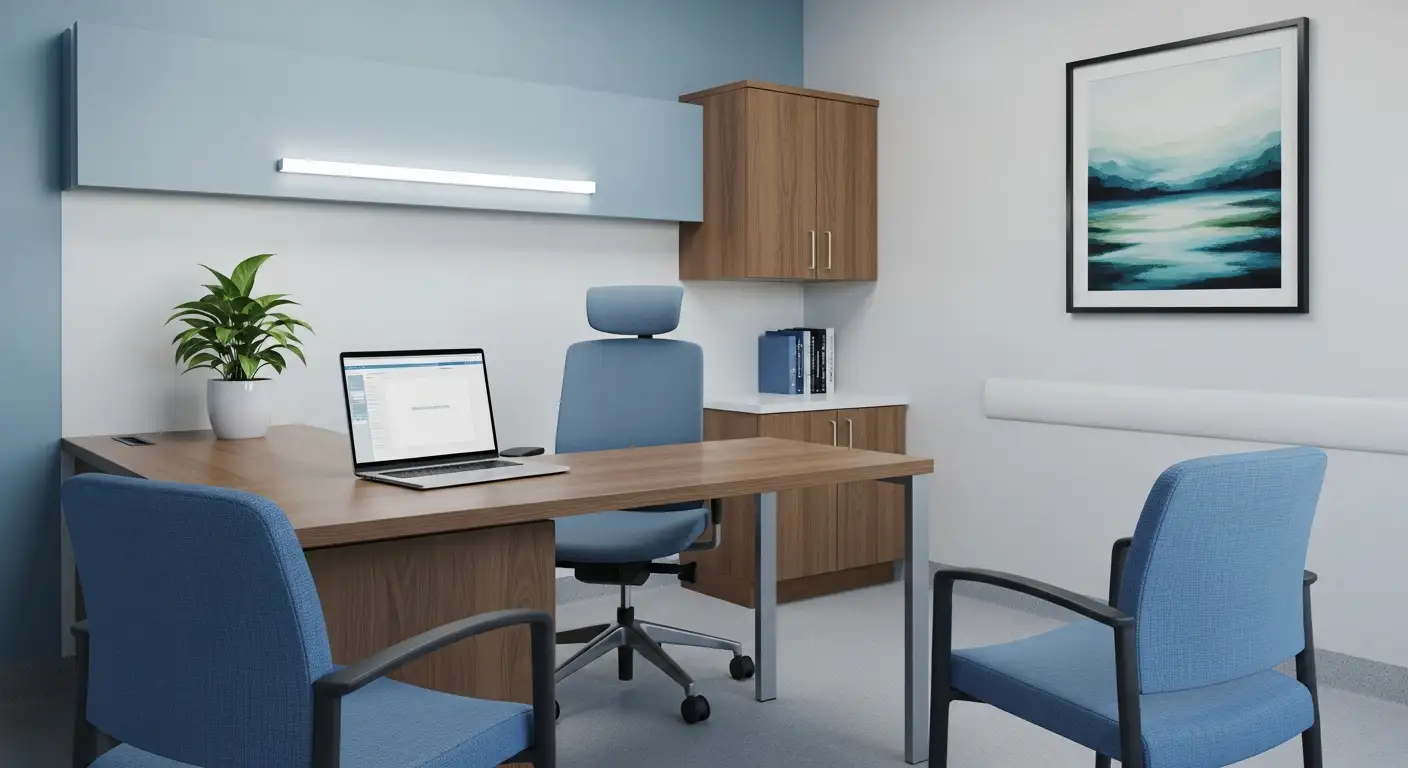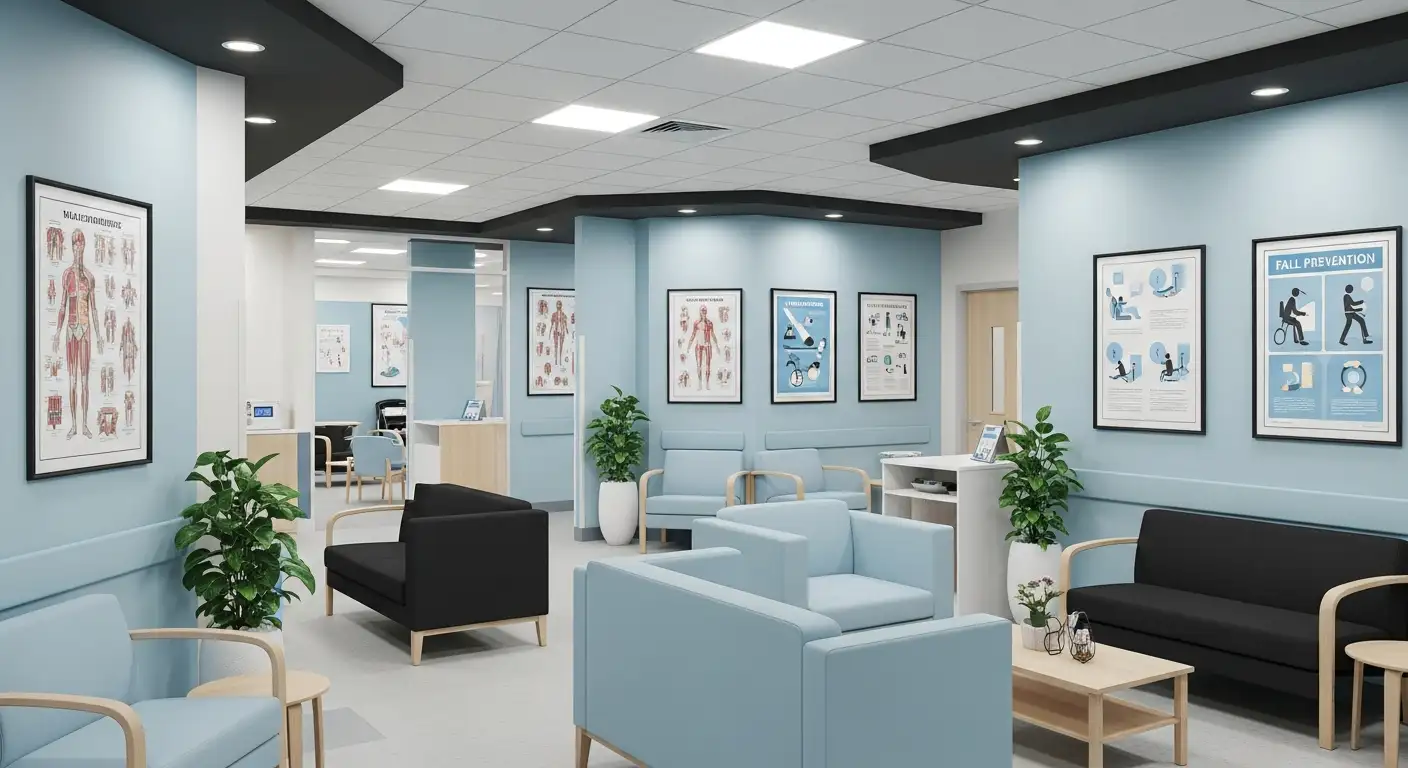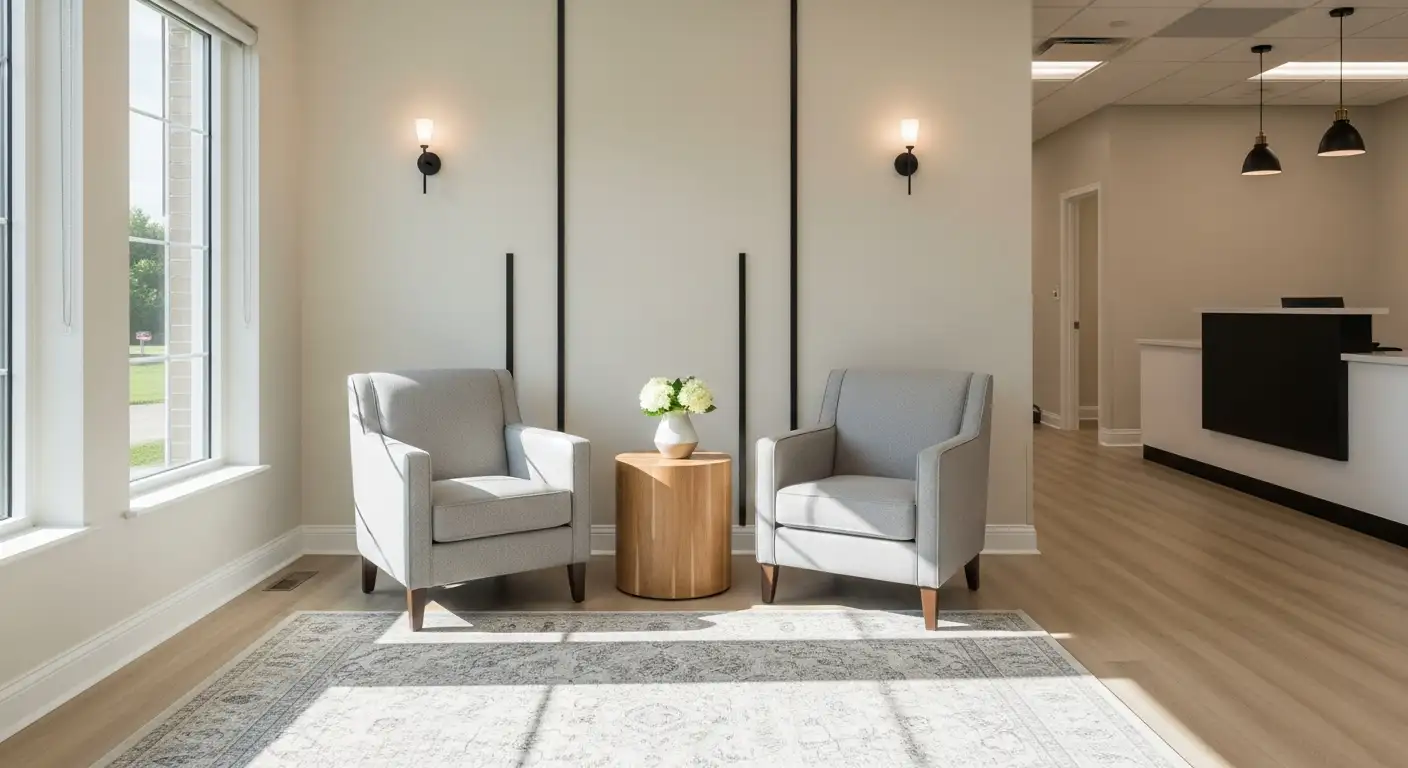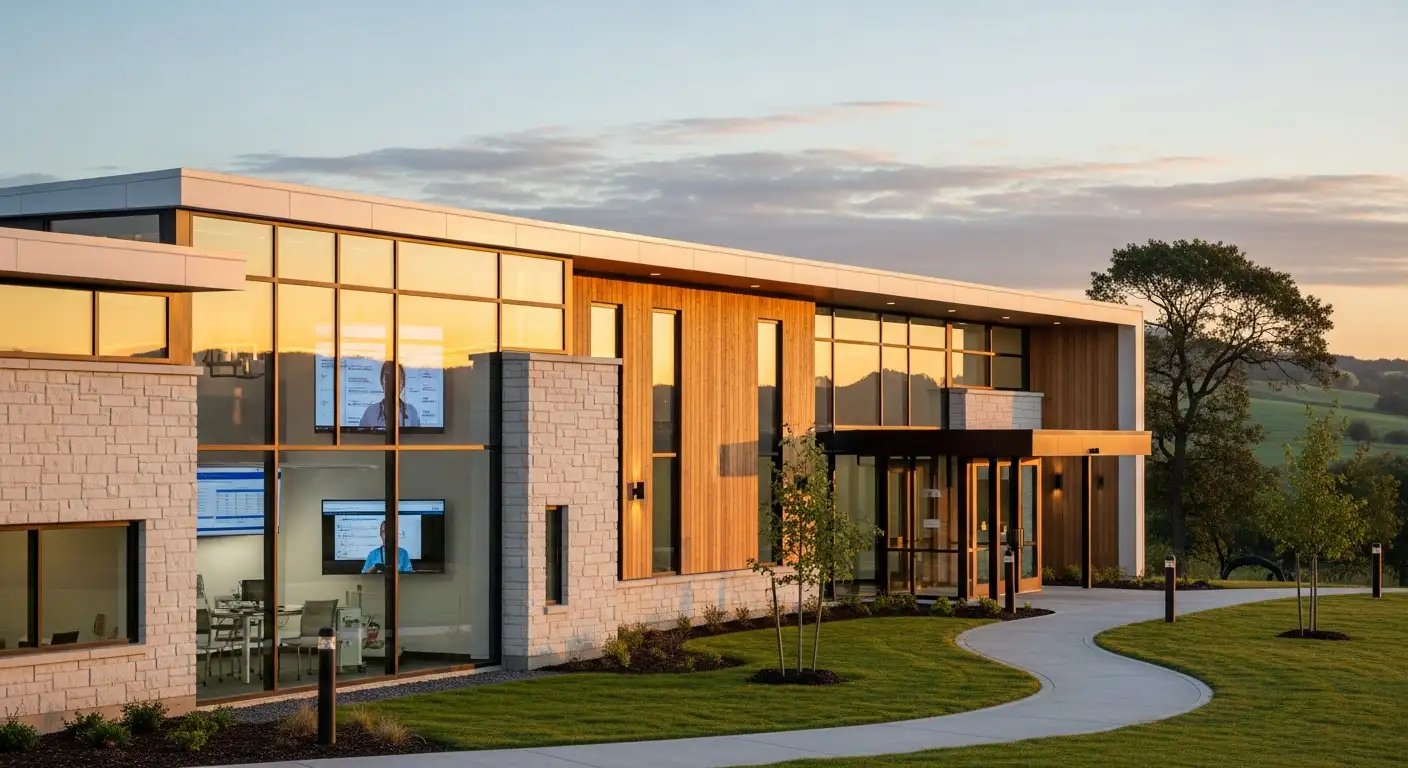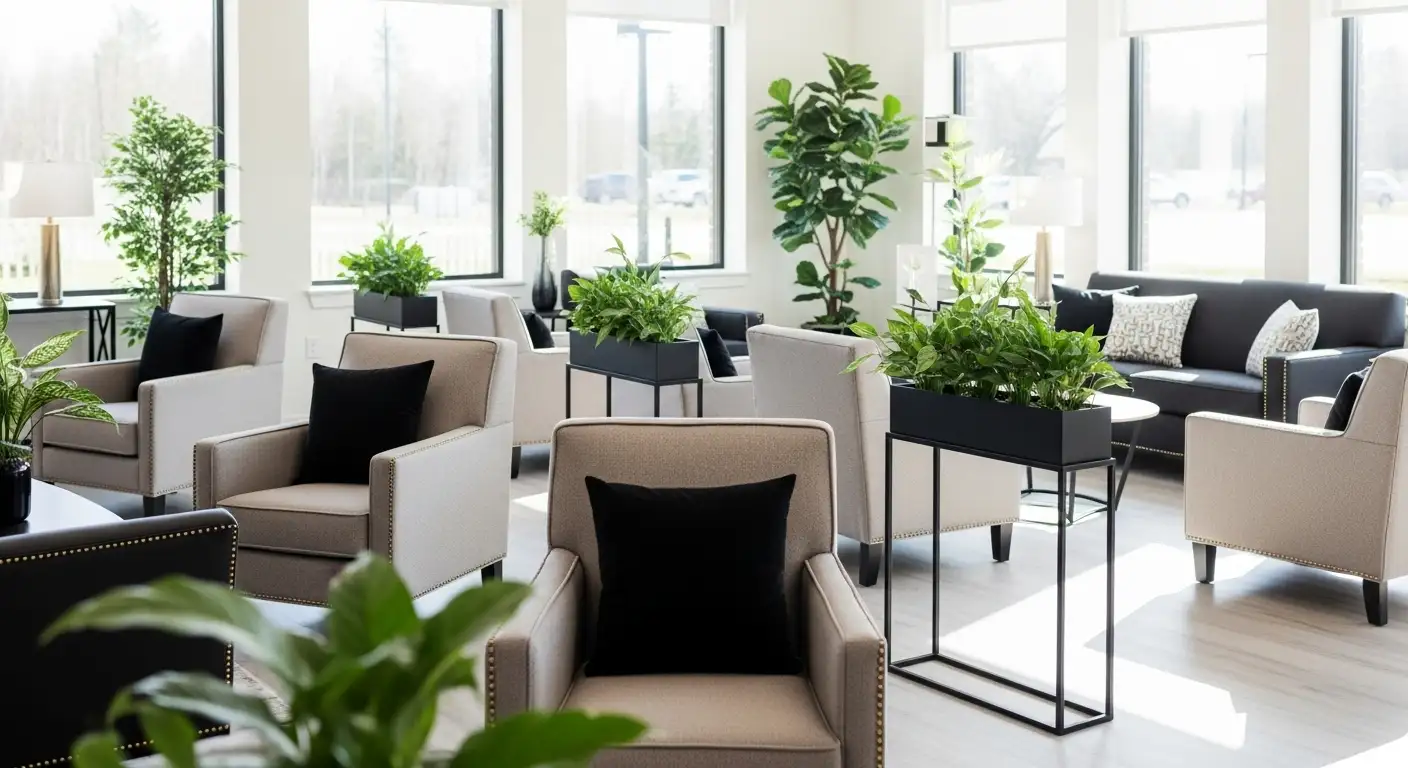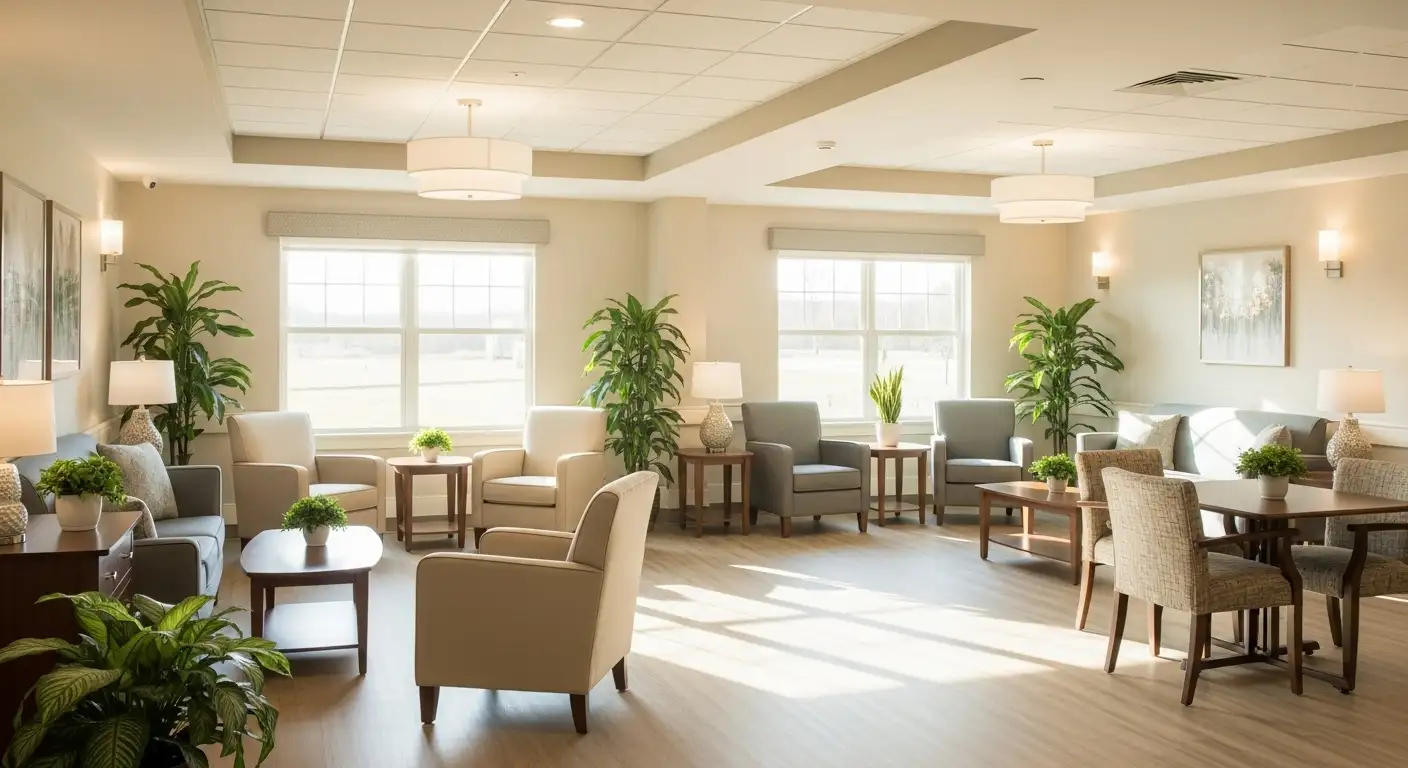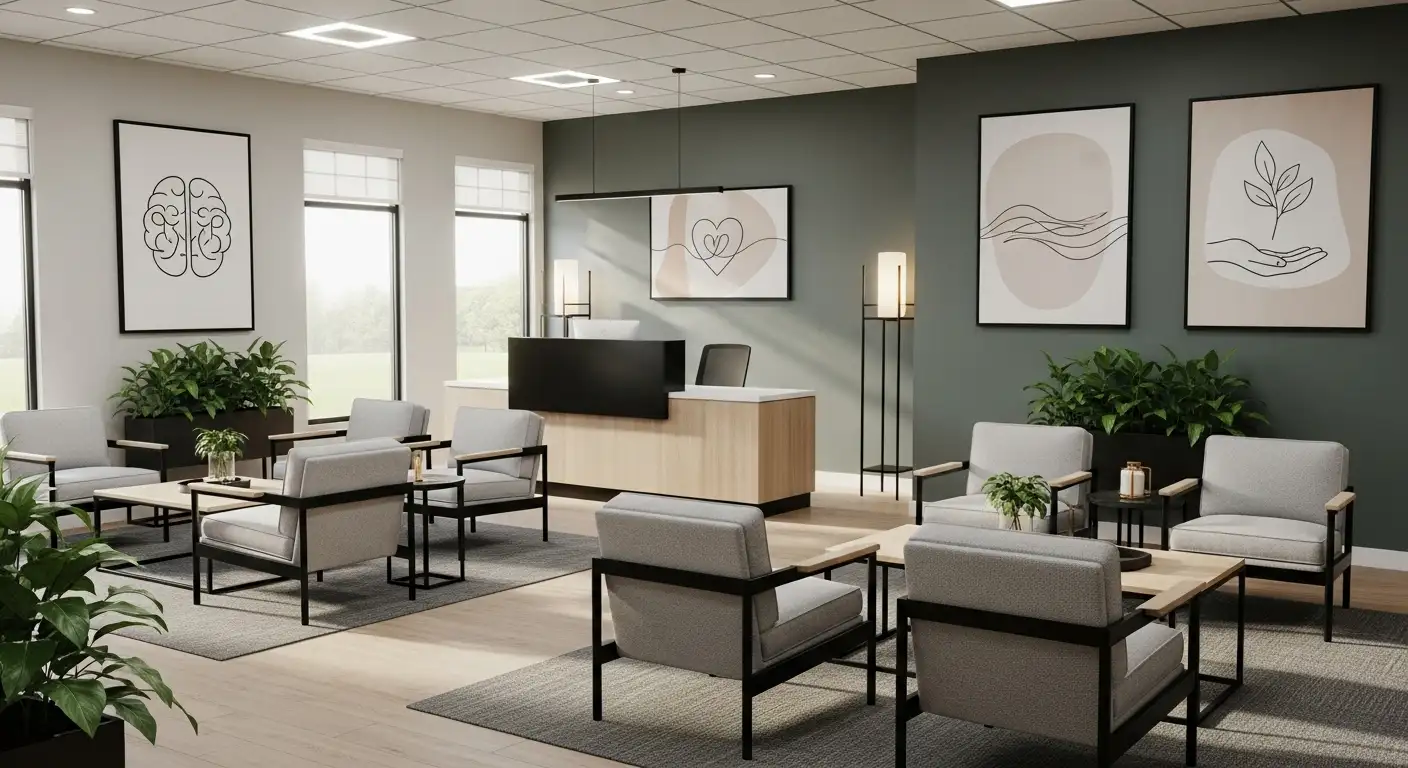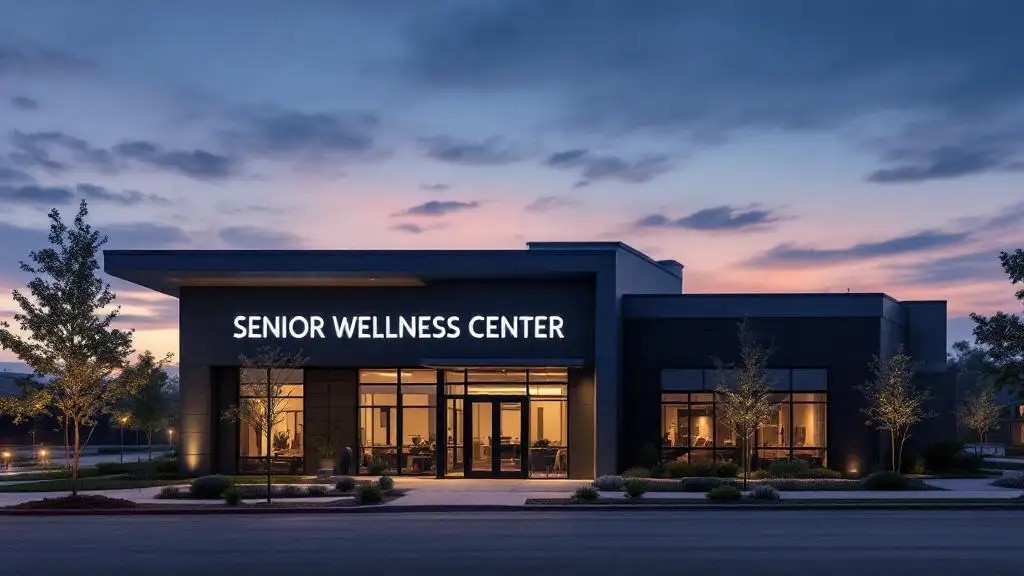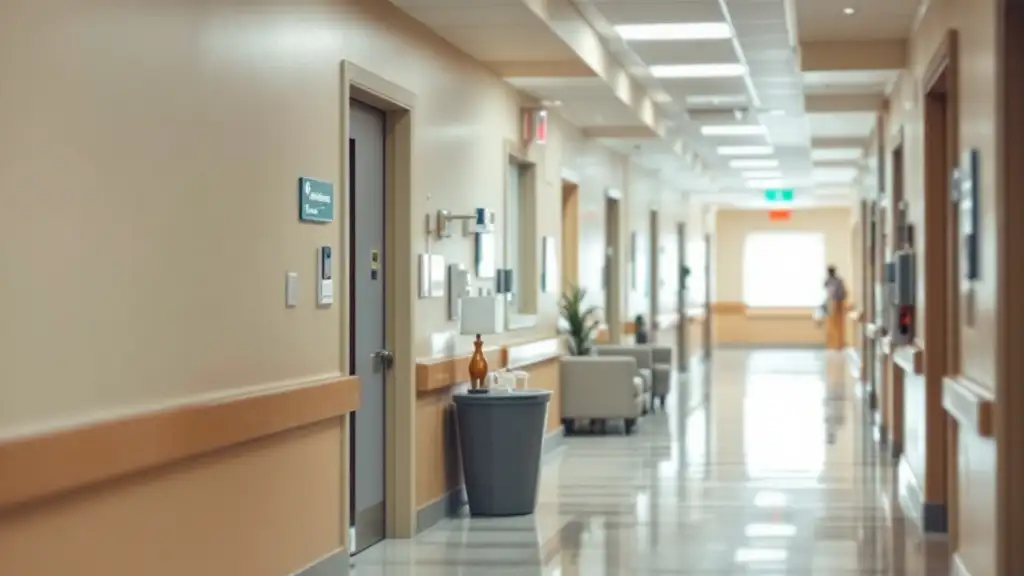Navigating Addiction and Mental Health Challenges Among Elderly Patients
Substance abuse and co-occurring mental health issues among elderly patients in nursing homes have emerged as pressing concerns that require specialized, evidence-based treatment approaches. This article explores the best therapy modalities tailored to meet the unique needs of this growing population, focusing on comprehensive care models that integrate both addiction treatment and mental health management.
Understanding Substance Abuse Trends in the Elderly Population
Increased Rates of Substance Use Disorders Among Older Adults
Substance use disorders are notably increasing in the elderly population. Approximately 1 in 11 adults over 60 had a substance use disorder in 2022. This rise includes increases in the use of alcohol, cannabis, opioids, benzodiazepines, and illicit drugs such as cocaine and heroin. The COVID-19 pandemic further exacerbated these issues due to social isolation and stress.
Common Substances Abused in Older Adults
Alcohol remains the most commonly misused substance among older adults. Cannabis use is also rising sharply, often for medicinal purposes but carrying its own risks. Prescription medications such as opioids and benzodiazepines are frequently involved in misuse, with associated health risks like dependence, cognitive impairment, and falls. Illicit drugs, though less common, pose significant risks especially for cardiovascular and neurological health.
Physiological Vulnerabilities of Elderly Patients to Substance Effects
Older adults experience physiological changes including decreased liver metabolism, increased body fat, and altered blood-brain barrier permeability. These changes increase the toxicity and risk of harm from substances. Medication interactions and diminished muscle mass further amplify vulnerability to falls, accidents, and cognitive decline.
What are the common treatment options for substance abuse and addiction?
Treatment for substance use disorders in older adults must be tailored to their unique needs. Effective interventions include cognitive-behavioral therapy, motivational interviewing, 12-step facilitation, and medication-assisted treatments such as naltrexone for alcohol use disorder and methadone or buprenorphine for opioid use disorder. Addressing co-occurring psychiatric or medical conditions is essential, and longer treatment duration (three months or more) improves outcomes. Primary care clinicians play a vital role in screening—using tools like AUDIT-C and ASSIST—and ongoing support to prevent relapse.
| Aspect | Details | Impact on Elderly Patients |
|---|---|---|
| Substances | Alcohol, cannabis, opioids, benzodiazepines, cocaine, heroin | Rising rates, increased medical risks |
| Physiological Changes | Reduced liver function, body composition changes, polypharmacy | Heightened sensitivity, increased toxicity |
| Treatment Modalities | Psychosocial therapies, medications, residential and outpatient settings | Need for tailored, longer-duration treatments |
| Screening | Tools like AUDIT-C, CAGE, ASSIST | Essential but often underutilized in elderly populations |
| Additional Considerations | Co-occurring conditions, social isolation, telehealth challenges | Must be integrated into comprehensive care plans |
Screening and Diagnosis: Essential First Steps for Elderly Patients
Challenges of underdiagnosis in older adults
Substance use disorders in older adults often go undetected due to subtle symptoms that overlap with normal aging processes, such as social withdrawal, sleep disturbances, and unexplained injuries. Additionally, many healthcare providers lack awareness or training to recognize these issues in elderly patients, contributing to underdiagnosis.
Validated screening tools such as AUDIT-C, CAGE, ASSIST, and CAGE-AID
Routine screening is vital for early detection. Tools like AUDIT-C and CAGE are validated for identifying problematic alcohol use in older adults. For detecting drug misuse, instruments like ASSIST and CAGE-AID are widely used. These tools are designed to be sensitive to age-related factors and patterns of substance use.
Importance of routine screening in nursing home settings
Screening elderly patients in nursing home settings is especially important, as physical disabilities and social dependence can mask substance misuse. Primary care clinicians should incorporate these validated tools routinely to ensure timely diagnosis. Early identification allows for tailored interventions and support, improving treatment outcomes and quality of life.
Answering the posed question
What are the common treatment options for substance abuse and addiction? Effective treatment begins with accurate diagnosis, but many older adults are not identified due to subtle symptoms and clinician unawareness. Routine screening using validated tools like AUDIT-C and CAGE adapted for older populations is critical in nursing homes to enable appropriate treatment planning.
Behavioral Therapies Adapted for Elderly Nursing Home Residents

What Are the Common Treatment Options for Substance Abuse and Addiction?
Behavioral therapies are a cornerstone of treating substance abuse in elderly nursing home residents. Cognitive-behavioral therapy (CBT) helps individuals identify and change unhealthy thought patterns and behaviors related to substance use. It is particularly effective when tailored to accommodate age-related cognitive changes.
Motivational interviewing is another crucial approach, focusing on enhancing the resident’s motivation and commitment to change. This technique respects the individual's autonomy and helps overcome ambivalence about treatment.
Contingency management uses positive reinforcement to encourage abstinence from substances, rewarding progress and creating practical incentives for recovery.
Twelve-step facilitation introduces residents to support groups like Alcoholics Anonymous, fostering sustained recovery through peer support and structured guidance.
Importance of Tailoring Approaches to Cognitive and Physical Abilities
Behavioral therapies must be carefully adapted for elderly residents, considering cognitive impairments like memory or attention deficits and physical limitations common in nursing home populations. Tailored interventions ensure therapy is accessible, engaging, and effective. Incorporating family and social support can further enhance outcomes by reinforcing positive changes and providing encouragement.
Adapting therapy content and delivery to the unique needs of older adults significantly improves treatment success, helping maintain their dignity and improving quality of life during recovery.
Medication-Assisted Treatment (MAT) in Elderly Patients
What are the common treatment options for substance abuse and addiction?
Pharmacologic treatments play a crucial role in managing substance use disorders among elderly patients. Effective medications include naltrexone, methadone, and buprenorphine, which are widely used for treating opioid and alcohol use disorders. Additionally, FDA-approved drugs such as acamprosate and disulfiram specifically target alcohol use disorder.
Risks and benefits of medications in older adults
Older adults metabolize drugs differently due to physiological changes like decreased liver function and altered body composition. These changes can increase the toxicity and side effects of medications, requiring careful dosing and monitoring. However, when managed properly, MAT can significantly improve survival rates, reduce cravings, and decrease illicit substance use among elderly patients.
Combining MAT with behavioral therapies
The most effective treatment approach integrates medication-assisted treatment with counseling and behavioral therapies such as cognitive-behavioral therapy, motivational interviewing, and twelve-step facilitation. This combination addresses both the biological and psychosocial aspects of addiction, promoting better retention in treatment, relapse prevention, and overall life functioning.
Tailoring treatment to elderly needs
MAT programs for older adults must consider additional challenges like comorbid medical conditions, medication interactions, and social dependence. Emphasizing confidentiality and providing culturally sensitive, low-barrier care helps enhance engagement and treatment outcomes in this population.
Integrated Treatment of Co-Occurring Mental Health Disorders
How are mental health issues addressed in addiction treatment?
Mental health conditions frequently co-occur with substance use disorders, especially among elderly patients. To effectively address these intertwined challenges, an integrated treatment approach is essential. This method combines psychotherapy and medication management tailored to simultaneously treat both mental health and substance use disorders, fostering better clinical outcomes.
Multidisciplinary approaches
Integrated care typically involves a team of healthcare professionals, including primary care clinicians, psychiatrists, psychologists, and substance use counselors. This multidisciplinary model ensures comprehensive assessment and delivery of coordinated treatment plans tailored to each patient’s unique needs.
Psychotherapy and medication management
Psychotherapeutic interventions such as cognitive-behavioral therapy and motivational interviewing are combined with pharmacologic treatments when appropriate. Medications might include antidepressants or antipsychotics alongside agents approved for substance use disorders like naltrexone or buprenorphine, optimizing symptom control and improving adherence.
Treatment guidelines from SAMHSA
The Substance Abuse and Mental Health Services Administration (SAMHSA) endorses integrated care for co-occurring disorders, providing evidence-based guidelines through resources like the Treatment Improvement Protocols (TIPs). These emphasize concurrent treatment of mental health and substance use with individualized plans and coordinated care.
Enhanced outcomes from integrated care models
Research shows that integrated treatment models result in reduced relapse rates, improved medication adherence, better psychosocial functioning, and overall higher patient satisfaction compared to treating disorders separately. In elderly populations, addressing both conditions together respects their complex health profiles and supports sustained recovery.
| Aspect | Description | Benefit |
|---|---|---|
| Multidisciplinary Team | Involves clinicians from psychiatry, psychology, primary care, and counseling | Holistic, coordinated care |
| Psychotherapy + Medication | Combines behavioral therapies with pharmaceuticals tailored for dual diagnoses | Enhanced adherence, symptom control |
| SAMHSA Guidelines | Evidence-based protocols supporting integrated, individualized treatment plans | Improved treatment consistency and outcomes |
| Outcome Improvements | Lower relapse, better functional status, higher satisfaction | Sustained recovery and quality of life |
Comprehensive Residential and Outpatient Treatment Settings
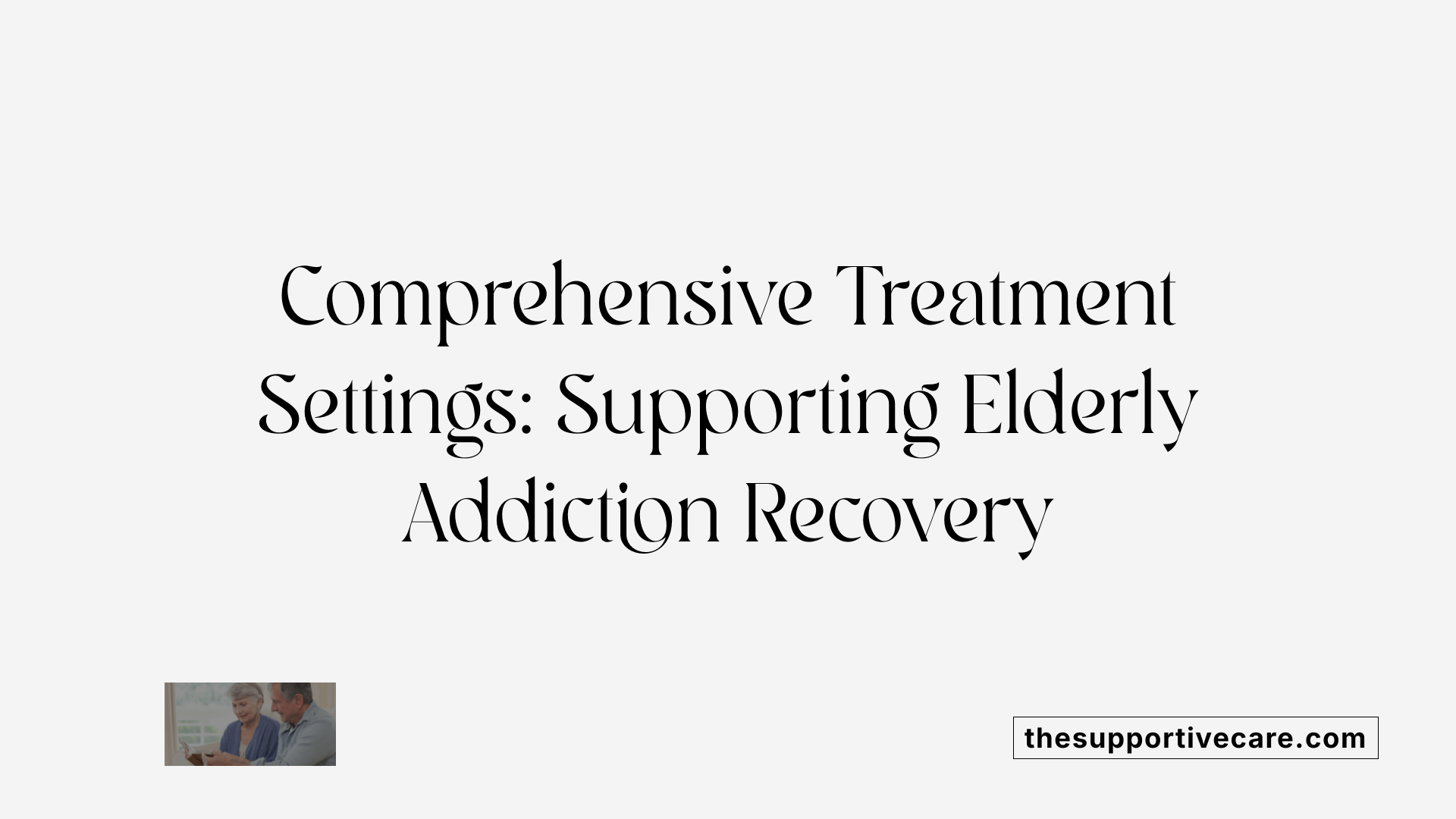
What role do comprehensive treatment services play in recovery from addiction?
Comprehensive treatment services play a crucial role in the recovery process by offering holistic and structured environments that address the multifaceted nature of addiction. For elderly patients, these services are especially important, as they cater not only to substance abuse issues but also to medical, psychological, and social challenges.
Minnesota Model Residential Treatment
The Minnesota model is a leading residential treatment approach that integrates a biopsychosocial disease concept with the 12-Step program. This model emphasizes a supportive community environment, individualized therapeutic interventions, and long-term sobriety goals. The residential setting provides a controlled space for elderly patients needing intensive care and structure.
Drug-Free Outpatient Programs
Outpatient settings allow for treatment without extended stays in facilities, making them suitable for elderly individuals with mobility or transportation issues. These programs typically include counseling, group therapy, and medication management and can be adjusted based on patient needs.
Therapeutic Community Models
Therapeutic community residential treatments emphasize peer support and social learning within a residential setting. These communities foster personal growth and accountability, which can be highly effective in maintaining sobriety and social reintegration among older adults.
Role of Inpatient Hospitalization
Inpatient hospitalization provides acute care for patients experiencing severe withdrawal symptoms or co-occurring medical or psychiatric conditions. It ensures safety and stabilization before transitioning to less intensive settings.
Customization to Elderly Patients' Mobility and Social Needs
Treatment programs tailor their approach to address age-related mobility limitations, sensory impairments, and social isolation. This might involve accessible housing facilities, transportation services, and activities designed to enhance social engagement and quality of life for elderly patients.
Together, these comprehensive treatment settings support recovery by combining medical care, psychosocial support, and relapse prevention strategies that are individualized for older adults' unique needs.
The Role of Telehealth and Emerging Technologies
How Has Telehealth Become an Alternative Treatment Modality Post-COVID-19?
The COVID-19 pandemic significantly increased social isolation and stress among older adults, exacerbating substance use disorders in this population. Telehealth rapidly emerged as a vital alternative treatment modality, allowing continued access to care despite restrictions in face-to-face visits. This shift has enabled primary care clinicians and addiction specialists to maintain patient contact, deliver counseling, monitor progress, and adjust treatments remotely, which is particularly crucial for elderly patients who may have mobility or transportation challenges.
What Are Digital Therapeutics and Their Application in Substance Use Treatment?
Digital therapeutics encompass evidence-based software programs designed to complement or replace traditional treatment components. They deliver interventions such as cognitive-behavioral therapy (CBT), motivational interviewing, and skills training through interactive digital platforms. In older adults, these tools can be tailored to cognitive and sensory capabilities, providing personalized behavioral support. The use of digital therapeutics may improve engagement, adherence, and relapse prevention when integrated with conventional care.
What Are the Barriers and Advantages of Telehealth Among Elderly Populations?
Advantages for elderly patients include increased accessibility—especially for those in rural areas or nursing homes—convenience, and reduced exposure to infectious diseases. Telehealth may reduce stigma by enabling private sessions from home and facilitate family involvement in treatment.
However, significant barriers exist:
- Technology literacy: Older adults may face challenges navigating devices or software.
- Access issues: Limited internet connectivity or lack of appropriate devices.
- Sensory impairments: Hearing or vision difficulties may hinder communication.
- Privacy concerns: Patients might worry about confidentiality in shared living environments.
These factors necessitate tailored support and training to maximize telehealth effectiveness in older populations.
How Does Telehealth Expand Access in Nursing Home Environments?
Nursing homes benefit from telehealth by overcoming logistical issues in bringing specialists onsite. Telehealth enables interdisciplinary teams to provide comprehensive substance use disorder care, integrating mental health services and medical treatment seamlessly within the facility. It also supports timely crisis interventions and continuous monitoring, improving patient outcomes. With specialized resources that address psychosocial needs of elderly patients, telehealth facilitates individualized treatment plans while respecting patient autonomy and enhancing recovery pathways.
Overall, telehealth and emerging digital tools are reshaping the landscape of substance use disorder treatment for elderly adults, offering promising avenues to address rising substance use trends in this vulnerable population.
Addressing Social and Cultural Factors in Elderly Addiction Treatment
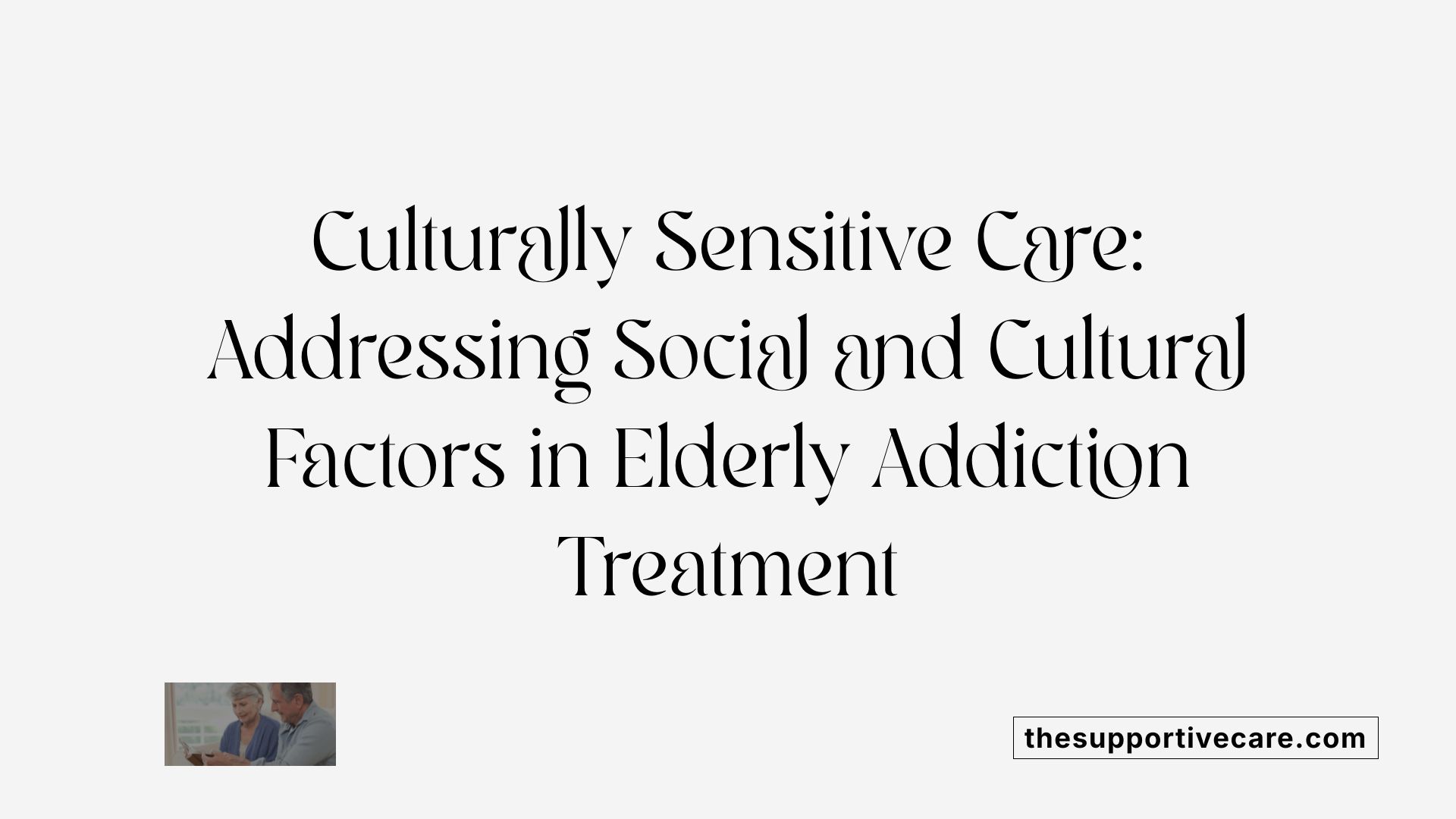
Why is cultural sensitivity important in treating substance misuse among older adults?
Cultural sensitivity in addiction treatment acknowledges the diverse backgrounds of elderly patients, helping providers deliver care that respects cultural beliefs, practices, and language preferences. This approach improves engagement, trust, and adherence to treatment plans, ultimately enhancing recovery outcomes. It also addresses health equity by recognizing the unique treatment needs of minority elderly populations who often face systemic barriers.
How does social isolation influence substance misuse in elderly patients?
Social isolation significantly impacts substance misuse in older adults by increasing feelings of loneliness, depression, and anxiety—conditions that many may try to self-medicate with alcohol or drugs. The COVID-19 pandemic further intensified this issue due to enforced separation and limited access to in-person care. Such isolation can worsen substance use disorders and impair recovery without adequate social support and community engagement.
What role do families and social support systems play in elderly addiction treatment?
Families and social networks serve as crucial components in treatment and recovery for older adults with substance misuse. Engagement of family members provides emotional support, assists in monitoring sobriety, and encourages adherence to therapy. Strengthening social connections also helps reduce relapse risk and promotes a sense of belonging, which is vital for mental wellness and long-term recovery.
How can disparities in access and outcomes be reduced among elderly individuals with substance use disorders?
Reducing disparities requires implementing culturally sensitive, low-barrier treatment models that address language, economic status, and transportation difficulties. Programs tailored to minority and socially disadvantaged elderly patients improve access by accommodating unique needs and overcoming social determinants of health. Equitable resource distribution and training clinicians to recognize and confront biases ensure better treatment outcomes. Furthermore, integrating telehealth and digital tools can bridge gaps caused by physical or social limitations.
| Factor | Impact on Elderly Addiction Treatment | Strategies to Address |
|---|---|---|
| Cultural Sensitivity | Enhances engagement and addresses diverse needs | Culturally tailored care, language access, and provider training |
| Social Isolation | Increases risk of substance misuse and relapse | Promote social support, community programs, and telehealth |
| Family and Social Support | Improves recovery adherence and emotional wellbeing | Involve families in treatment planning and education |
| Health Equity and Disparities | Limits care access and reduces treatment effectiveness | Low-barrier models, resource equity, and bias training |
Prevention, Relapse Prevention, and Aftercare Strategies
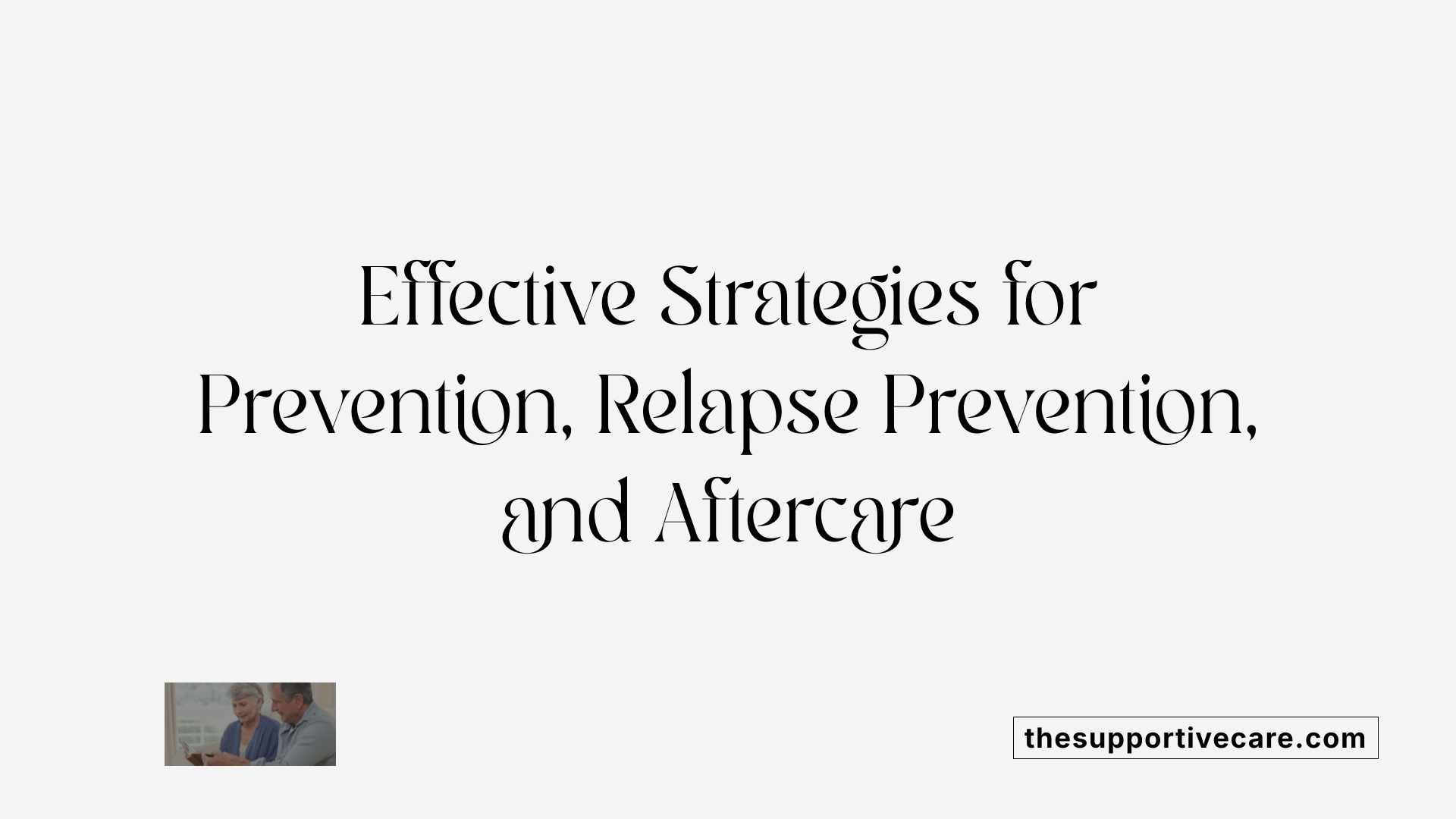
How Does Longer Duration of Treatment Benefit Recovery?
Extended treatment lasting three months or more is strongly linked to better outcomes in individuals recovering from substance use disorders. This length of care allows patients to develop coping mechanisms, engage in therapeutic interventions fully, and stabilize their lifestyle changes.
What Are Effective Relapse Prevention Techniques?
Relapse prevention is a critical focus in substance use treatment, aiming to maintain abstinence and improve life functioning. Techniques include cognitive-behavioral therapy to identify triggers, motivational interviewing to strengthen commitment, and skills-based approaches tailored to elderly patients. Engaging families and building strong social connections further support sustained recovery.
What Is the Role of Primary Care Clinicians in Ongoing Support?
Primary care clinicians play a vital role by providing ongoing support and monitoring. Familiarity with available treatment resources enables them to tailor care plans and intervene early when relapse risks increase. Their continuous involvement fosters adherence to treatment protocols and helps coordinate care, especially for co-occurring psychiatric or medical conditions.
Why Are Confidentiality and Patient Rights Important?
Maintaining confidentiality underpins trust between patients and healthcare providers. Patients have the right to privacy, which encourages open communication and honest disclosure of substance use issues. Respecting these rights is essential to delivering effective care and is emphasized in treatment models and federal guidelines.
What Role Do Comprehensive Treatment Services Play in Recovery from Addiction?
Sustained recovery is supported by extended treatment durations, relapse prevention strategies, continuous clinician support, and respect for confidentiality. Aftercare programs tailored to elderly patients improve long-term success and enhance quality of life.
| Aspect | Description | Benefit to Elderly Patients |
|---|---|---|
| Longer Treatment Duration | Treatments lasting 3+ months | Allows for adjustment to therapies and stabilization |
| Relapse Prevention Techniques | Behavioral therapies, motivational interviewing, family engagement | Addresses triggers and promotes social support |
| Primary Care Clinician Role | Ongoing patient monitoring and resource coordination | Ensures continuity and addresses co-occurring issues |
| Confidentiality & Rights | Protects patient privacy, builds trust | Encourages openness essential for effective care |
Specialized Programs for Elderly Patients with Substance Use Disorders
Tailoring Treatment for Physical Disabilities, Cognitive Decline, and Transportation Barriers
Elderly patients with substance use disorders often face unique challenges such as physical disabilities, cognitive decline, and limited transportation options. Effective treatment programs adapt by ensuring accessibility, such as providing transportation services or telehealth options to overcome mobility issues. Cognitive impairments are addressed through simplified, clear communication and supportive therapies that accommodate memory and processing changes. This individualization helps maintain engagement and improves treatment adherence.
Programs Addressing Unique Needs of Older Adults
Specialized programs designed for older adults incorporate approaches sensitive to their life stage and circumstances. These include psychosocial interventions tailored for elderly patients, such as twelve-step facilitation adapted for older populations, and integration of family support to bolster social connections. Programs often focus on motivational interviewing and skills-based therapies that resonate with older adults’ experiences. Additionally, residential treatment options in nursing homes and therapeutic communities are adapted to the geriatric population, taking into account their physical and cognitive health.
Inclusion of Comorbid Medical Conditions in Treatment Planning
Given the high prevalence of co-occurring medical and psychiatric conditions in elderly patients, treatment plans incorporate comprehensive care models. This means close coordination with healthcare providers to manage chronic illnesses alongside substance use disorders. Medications approved for treating alcohol and opioid use disorders are prescribed with attention to age-related metabolism changes and potential drug interactions. The combined approach of medical management, behavioral therapies, and social support maximizes outcomes and reduces risks associated with substance abuse in this population.
Holistic and Complementary Therapies to Enhance Recovery
Integration of Therapies Such as Mindfulness, Art Therapy, and Yoga
Holistic and complementary therapies like mindfulness, art therapy, and yoga are increasingly recognized for their role in substance abuse treatment, particularly for elderly patients. These approaches focus on engaging patients beyond traditional medical and behavioral interventions, offering alternative ways to cope with stress, manage cravings, and promote relaxation. Mindfulness encourages present-moment awareness, helping reduce anxiety and emotional triggers linked to substance use. Art therapy provides a creative outlet for expressing emotions that might be difficult to verbalize, aiding in psychological healing. Yoga supports physical flexibility and reduces tension, while promoting mental calmness — an important component in managing withdrawal symptoms and preventing relapse.
Addressing Whole-Person Well-Being
The inclusion of these therapies reflects a shift toward whole-person care, emphasizing physical, psychological, and social dimensions of recovery. For older adults with substance use disorders, treatments that acknowledge life experience and respect autonomy are essential. Holistic therapies help to bridge gaps where conventional approaches may fall short, such as in improving mood, fostering self-esteem, and encouraging social connection. By addressing body and mind together, these methods complement evidence-based treatments, including pharmacologic options and cognitive-behavioral therapies, to enhance overall recovery outcomes.
Supporting Mental Health and Physical Function in Elderly Patients
Elderly individuals often face unique challenges such as co-occurring medical conditions, cognitive decline, and physical limitations. Incorporating mindfulness and gentle physical activities like yoga can help manage these challenges by improving balance, reducing pain, and supporting cognitive function. Art therapy and other psychosocial interventions can alleviate loneliness and depression, which are common in this population and can exacerbate substance misuse. These therapies promote resilience, improve life functioning, and align with treatment goals of sustained abstinence and relapse prevention.
Together, holistic and complementary therapies offer a valuable addition to comprehensive care for older adults recovering from substance use disorders, enhancing quality of life and supporting long-term wellness.
Optimizing Care for Elderly Patients with Substance Use Disorders in Nursing Homes
Substance abuse among elderly nursing home residents presents complex challenges that demand specialized, evidence-based treatment modalities. Combining behavioral therapies, medication-assisted treatment, and integrated mental health care within comprehensive, culturally sensitive programs yields the best outcomes. Utilizing emerging technologies like telehealth and emphasizing long-term support further bolster recovery. Tailored approaches that respect the unique physiological, cognitive, and social needs of elderly patients ensure improved quality of life and sustained sobriety, making such care indispensable in modern nursing home settings.
References
- Chapter 5—Specialized Substance Abuse Treatment Programs
- Evidence-Based Practices Resource Center
- Substance Use Disorders in the Geriatric Population
- Treating substance misuse in older adults
- Medications for Substance Use Disorders
- Substance Abuse in the Elderly
- Substance Use Disorder (SUD): Symptoms & Treatment


